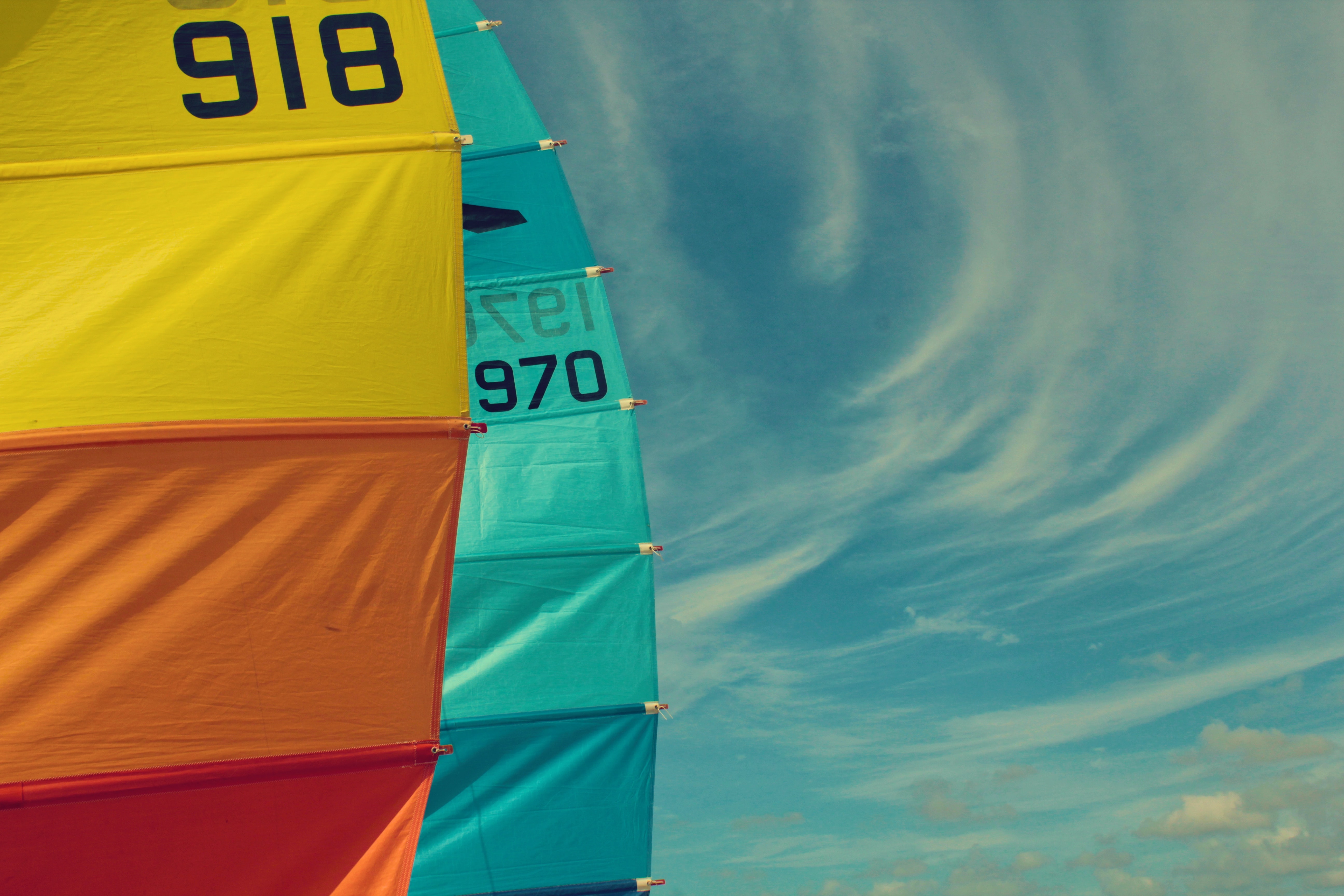Wind assisted propulsion

Registration procedure for the webinar: Once you have registered you will receive a confirmation e-mail. At the bottom of this mail you will find a link to the webinar. You log in through this link and are forwarded to the site where the webinar is shown.
Should you have any problems logging in, you are welcome to contact us at: webinarsupport@ida.dk
Also check out our FAQ site where you can get answers to the most frequently asked questions in connection with webinars: FAQ about IDA webinars
Privacy info: If you would like to participate anonymously, we recommend you join by browser instead of using the Zoom software client or app, and when Zoom asks you to provide your name you can enter "Anon" or another pseudonym. Zoom processes personal information in global datacenters including USA and processing is carried out according to EU Commission standard data protection clauses. For further details, we refer you to the Zoom privacy policy available here: https://zoom.us/privacy
It is not allowed to share the zoom link or the video link with others, or to record audio and images of the webinar.
Organizer: IDA Maritim
Sign up: Not a member? In order to sign up, you must create a user profile. Note, when creating a user profile, you will be able to access IDA's online services - you will not become a member of IDA.
Important information regarding personal data on participant lists: Your name, title and company name will appear on the participant list for this event if you have previously given consent or have given consent in connection with registration to this event. The participant list is available to the organizer and the other participants at the event itself in the form of an online participant list. At some events, a name tag is also given out, where your name, title and company name appear. If you unsubscribe from the event, your information will no longer appear on the participant list.
You can read more about consent here, https://mit.ida.dk/en/samtykker